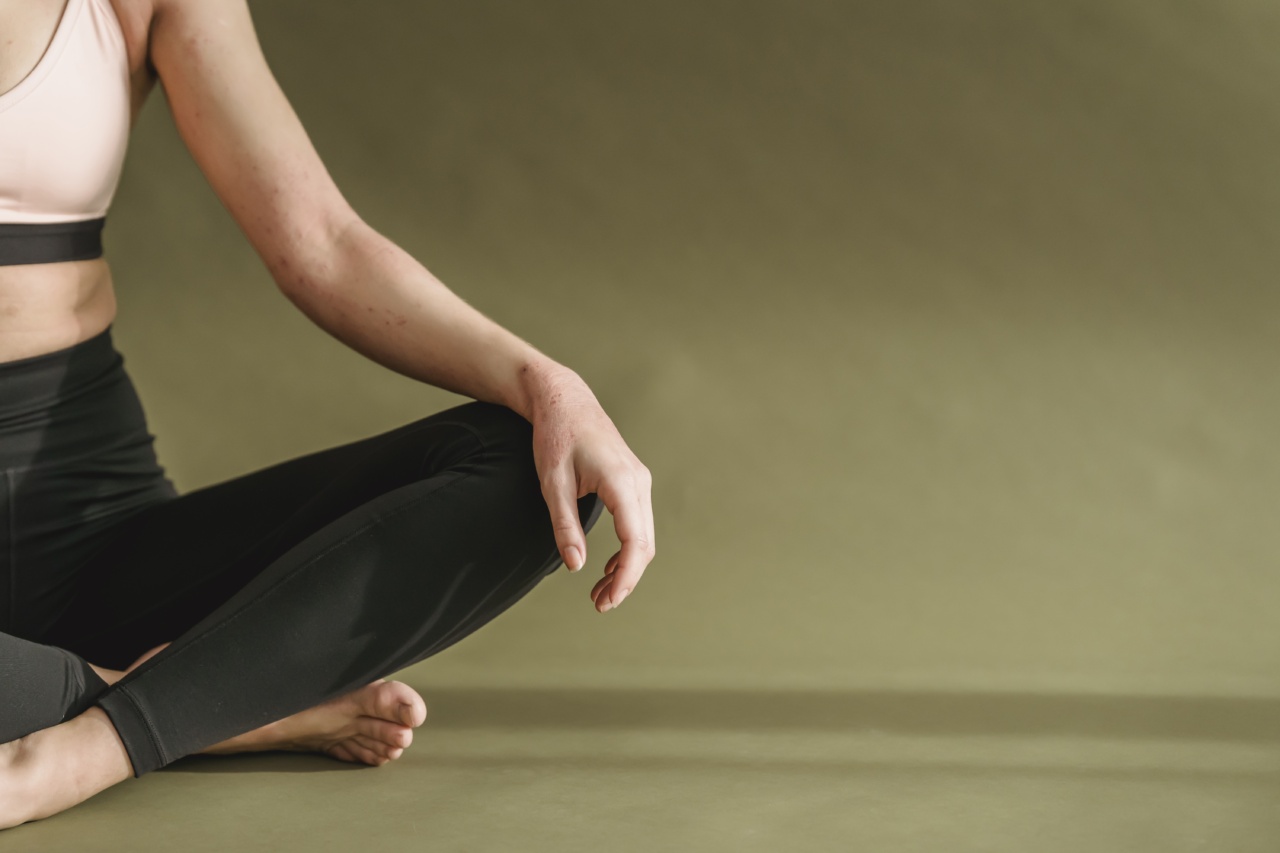Crossed leg syndrome is a condition that affects many individuals who frequently sit with their legs crossed.
Also known as “leg crossing syndrome” or “CLO syndrome,” this condition can have detrimental effects on your veins and overall health. In this article, we will explore the causes, symptoms, and treatment options for crossed leg syndrome veins.
Causes of Crossed Leg Syndrome
Crossed leg syndrome can occur due to a variety of reasons. One of the primary causes is prolonged sitting with legs crossed. When you sit in this position, it causes a decrease in blood flow and compresses the veins in your legs.
Over time, this consistent pressure can lead to chronic venous insufficiency (CVI), varicose veins, or deep vein thrombosis (DVT).
Another contributing factor to crossed leg syndrome is poor posture. Sitting with your legs crossed for extended periods can also disrupt your overall body alignment, leading to further stress on your veins and blood vessels.
Symptoms of Crossed Leg Syndrome
Crossed leg syndrome can manifest itself through various symptoms. These symptoms may include:.
- Leg pain or discomfort
- Swelling in the legs and ankles
- Visible varicose veins
- Heaviness or aching in the legs
- Leg cramps or muscle spasms
- Numbness or tingling sensation in the legs
If you experience any of these symptoms, it may be essential to consult a healthcare professional for an accurate diagnosis.
Treatment Options for Crossed Leg Syndrome
Fortunately, there are several treatment options available for crossed leg syndrome veins. The first step in managing this condition is to avoid sitting with your legs crossed for prolonged periods.
Instead, try to keep your legs uncrossed and elevate them when possible.
Incorporating regular exercise into your daily routine can also help improve blood circulation and alleviate symptoms. Activities such as walking, swimming, and cycling are particularly beneficial in promoting healthy blood flow.
Compression stockings or socks can provide additional support and improve circulation in your legs. These garments apply pressure to your legs, helping to prevent blood from pooling and reducing the occurrence of varicose veins or other complications.
In severe cases, your healthcare provider may suggest more invasive treatments, such as vein surgery or procedures like sclerotherapy or endovenous laser treatment.
These interventions aim to correct underlying vein issues and restore proper blood flow.
Preventing Crossed Leg Syndrome
Prevention is key when it comes to crossed leg syndrome. Here are some preventative measures you can take:.
- Avoid sitting or standing in one position for extended periods
- Make sure to take breaks and stretch your legs regularly
- Practice good posture while sitting or standing
- Stay active and incorporate regular exercise into your routine
- Wear comfortable shoes that provide proper support
- Maintain a healthy weight to reduce pressure on your veins
Conclusion
Crossed leg syndrome veins can have a significant impact on your overall health and well-being. By understanding the causes, symptoms, and treatment options, you can take proactive steps to prevent and manage this condition.
Remember to prioritize leg health by avoiding prolonged leg crossing, practicing good posture, and seeking medical advice if you experience persistent symptoms.





























